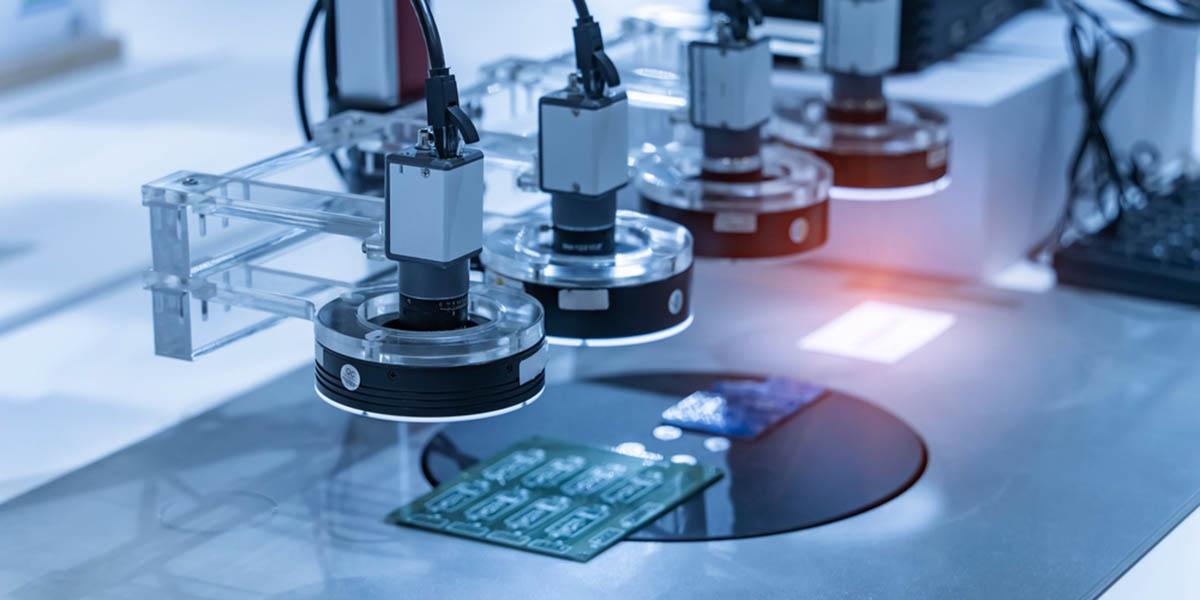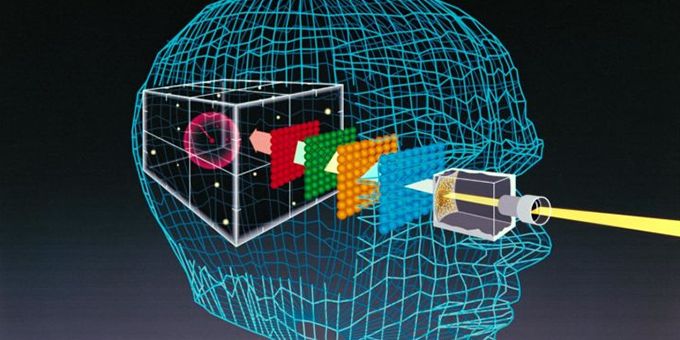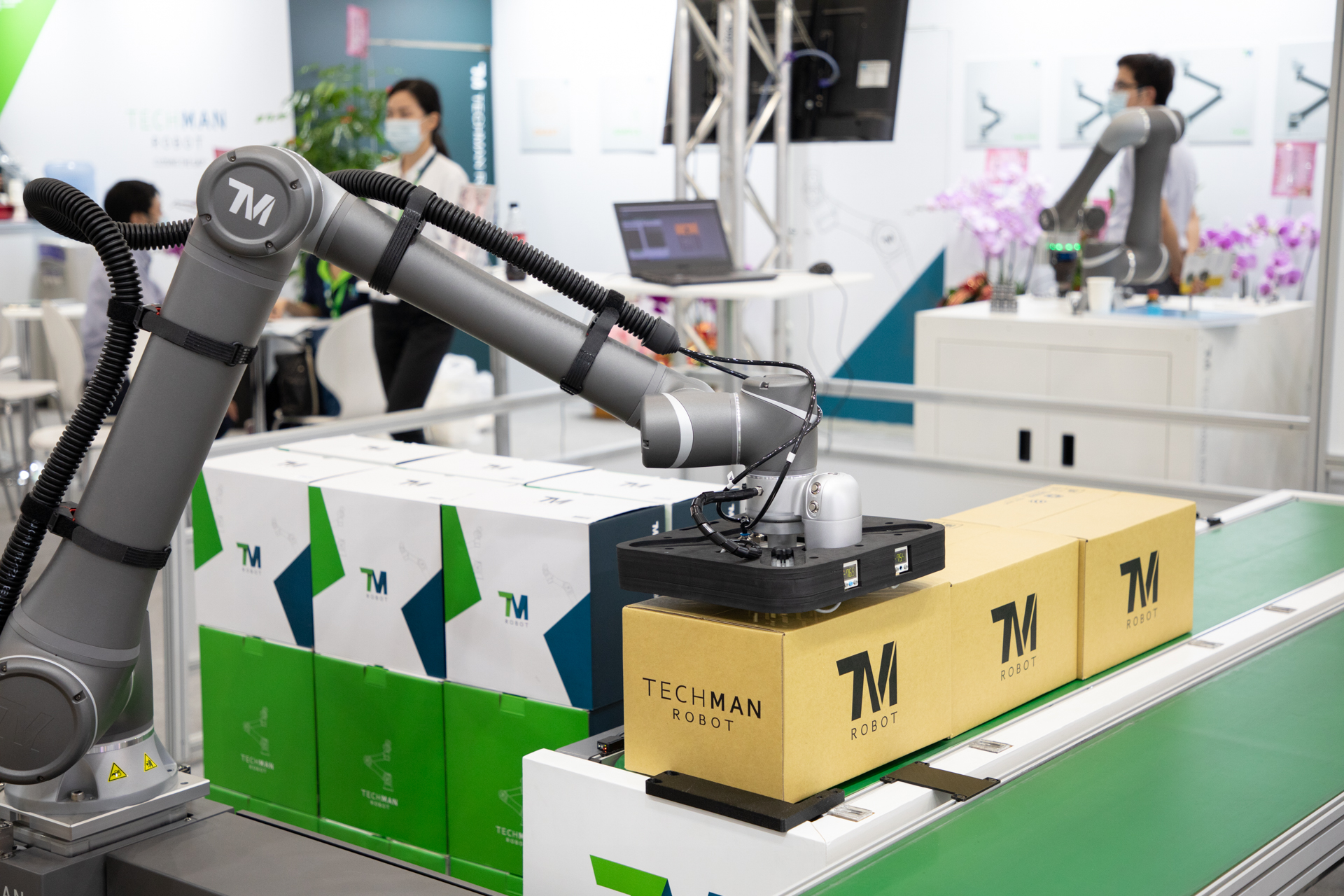How advanced analytics improve results from your robotic vision
Why Robotic Vision Is Vital for Advancing Accuracy in Manufacturing Industries
Robotic vision has become an essential element in contemporary production. It encourages machines to evaluate visual information with remarkable precision. This capacity enhances quality assurance and reduces the likelihood of defects. As markets undertaking for greater efficiency, recognizing the complexities of robotic vision comes to be important. The interplay in between innovation and functional procedures raises crucial questions regarding future advancements and their implications. What exists ahead for precision in production?
Understanding Robotic Vision Innovation

Enhancing Quality Assurance With Robotic Vision

Enhancing Functional Efficiency Via Automation

Automating production processes through robotic vision greatly boosts manufacturing speed, permitting quicker turn-around times. This technology additionally lessens error rates, ensuring greater accuracy in procedures. In addition, structured source monitoring is attained, causing a lot more effective use of materials and labor.
Boosted Production Rate
While the combination of robotic vision in production has actually changed operational processes, its most considerable benefit hinges on improved manufacturing speed. By using sophisticated photo processing and real-time information analysis, robotic vision systems can promptly identify and react to production demands. This increased responsiveness eliminates hold-ups typically connected with hands-on examination and decision-making processes. Furthermore, these systems can run constantly without tiredness, making certain that manufacturing lines preserve high throughput. The capability to find and attend to problems instantly better streamlines workflows, permitting suppliers to maximize outcome degrees (optical measurement system). Subsequently, firms take advantage of minimized cycle times and increased performance, placing them competitively out there. Improved production speed, driven by robotic vision innovation, inevitably brings about improved operational efficiency throughout the manufacturing landscape
Reduced Error Fees
As manufacturing rate boosts, preserving accuracy becomes vital in making procedures. Robotic vision systems substantially add to lowered mistake prices by providing exact measurements and real-time assessments. These sophisticated systems utilize high-resolution cams and innovative formulas to find problems, misalignments, or incongruities in items during assembly. By automating high quality control, manufacturers can promptly determine and rectify issues that human examiners might ignore. This not just minimizes waste yet also improves general item top quality. Additionally, the assimilation of robotic vision reduces variability in production, making sure that each thing fulfills rigorous specifications. As a result, suppliers experience less expensive recalls and raised customer contentment, ultimately bring about a much more effective and successful operational design.
Structured Resource Administration
Efficient resource administration is critical for maximizing operational effectiveness in manufacturing, specifically when incorporated with robotic vision systems. These systems improve the capability to keep track of and allocate resources accurately, ensuring that products and labor are used efficiently. By employing sophisticated aesthetic innovations, manufacturers can determine inadequacies in actual time, reducing waste and improving production timelines. On top of that, robotic vision allows exact inventory monitoring, decreasing the risk of overstocking or stockouts. Automation of these processes not only streamlines operations but likewise enables human employees to concentrate on higher-value jobs, fostering technology and efficiency. Consequently, firms can attain considerable price savings while keeping high-quality criteria, ultimately placing themselves extra competitively in the market.

Reducing Human Error in Manufacturing Processes
Human error stays a substantial obstacle in producing procedures, usually leading to pricey errors and inadequacies. In environments where precision is critical, also minor lapses in his explanation judgment can lead to defective products or hold-ups in production timetables. Robotic vision systems can minimize these dangers by supplying precise and constant monitoring of manufacturing operations. By automating tasks such as quality assurance and production line inspections, these systems lower the dependence on human oversight, thus reducing the potential for errors.Moreover, robotic vision technology boosts information precision, permitting real-time changes based on aesthetic responses. This capacity assures that any type of inconsistencies from developed standards are quickly identified and fixed, further reducing the likelihood of blunders. As manufacturers significantly take on robotic vision, they can anticipate not only to improve accuracy and effectiveness yet additionally to cultivate a safer working environment by relieving the pressure on human drivers.
The Function of Expert System in Robotic Vision
Expert system considerably improves robotic vision by utilizing artificial intelligence algorithms and advanced picture processing methods. These technologies make it possible for robots to translate visual information with greater accuracy, boosting both effectiveness and precision in making settings. As an outcome, the integration of AI right into robotic vision systems stands for a crucial advancement in automation.
Machine Learning Algorithms
Artificial intelligence algorithms are changing robotic vision in manufacturing by allowing devices to translate and evaluate visual data with amazing precision. These formulas a fantastic read enable robotics to pick up from substantial datasets, adjusting to new scenarios and boosting their efficiency in time. By leveraging strategies such as monitored and unsupervised learning, robotic systems can identify patterns and abnormalities in real-time, which improves top quality control and lowers waste. Additionally, artificial intelligence promotes far better decision-making processes, enabling robotics to optimize their actions based on learned experiences. As these algorithms progress, they equip robotic vision systems to perform progressively complex jobs, inevitably driving effectiveness and accuracy in making procedures. The combination of artificial intelligence as a result plays a crucial function in the improvement of robotic vision innovation.
Picture Handling Strategies
Enhancing the capabilities of robotic vision, image handling strategies play a crucial function in making it possible for systems to translate visual information effectively. These methods include algorithms that boost picture high quality, extract relevant features, and identify patterns within aesthetic data. By making use of techniques such as side discovery, division, and object acknowledgment, robotic systems can determine and classify parts with exceptional accuracy. The assimilation of expert system better magnifies these methods, enabling adaptive learning and improved decision-making in dynamic environments. Consequently, robotic vision systems can not just find defects however additionally maximize procedures, leading to increased efficiency and accuracy in manufacturing. Subsequently, the constant improvement of image handling strategies remains essential to the evolution of robotic vision in commercial applications.
Future Trends in Robotic Vision for Manufacturing Industries
As markets significantly focus on performance and accuracy, the evolution of robotic vision innovation is established to change manufacturing processes considerably. Future trends indicate significant improvements in expert system and artificial intelligence integration within robotic vision systems. These enhancements will enhance real-time decision-making capacities, permitting robotics to adapt to varying problems autonomously. Furthermore, the adoption of 3D vision systems is prepared for to boost, offering even more precise spatial recognition and things acknowledgment. Full Report Collaborations between robotics and human workers may also develop, with sophisticated vision systems assisting in much safer and extra efficient communications. In addition, the use of edge computing will likely allow faster data processing, decreasing latency and boosting functional responsiveness. As these fads unfold, the manufacturing market stands to take advantage of improved quality assurance, reduced waste, and structured process, inevitably causing boosted competitiveness in a quickly changing market.
Often Asked Concerns
How Does Robotic Vision Differ From Traditional Device Vision Solutions?
Robotic vision incorporates innovative formulas and real-time processing, making it possible for vibrant interpretation and interaction with settings. In contrast, traditional equipment vision mostly focuses on fixed image capture and evaluation, limiting versatility and responsiveness in complicated manufacturing circumstances.
What Industries Advantage The Majority Of From Robotic Vision Innovation?
Various markets benefit considerably from robotic vision innovation, including automobile, electronic devices, and food processing. These fields leverage improved accuracy, effectiveness, and flexibility, eventually boosting manufacturing high quality and decreasing operational prices through innovative automation options.
Can Robotic Vision Systems Be Integrated With Existing Manufacturing Devices?
Robotic vision systems can certainly be incorporated with existing manufacturing devices. This integration boosts operational efficiency, enabling smooth collaboration between standard machinery and advanced aesthetic modern technology, eventually improving overall production processes and results.
What Are the Expenses Related To Executing Robotic Vision Solutions?
The prices associated with executing robotic vision remedies differ considerably, influenced by aspects such as system intricacy, needed software application, hardware elements, integration with current machinery, and ongoing upkeep expenditures, ultimately impacting general return on financial investment.
Exactly how Do Maintenance and Assistance for Robotic Vision Equipments Job?
Maintenance and assistance for robotic vision systems involve normal software updates, hardware assessments, and troubleshooting. fibre testing equipment. Vendors commonly supply service arrangements, making sure timely assistance and minimizing downtime to keep peak efficiency and reliability in commercial applications